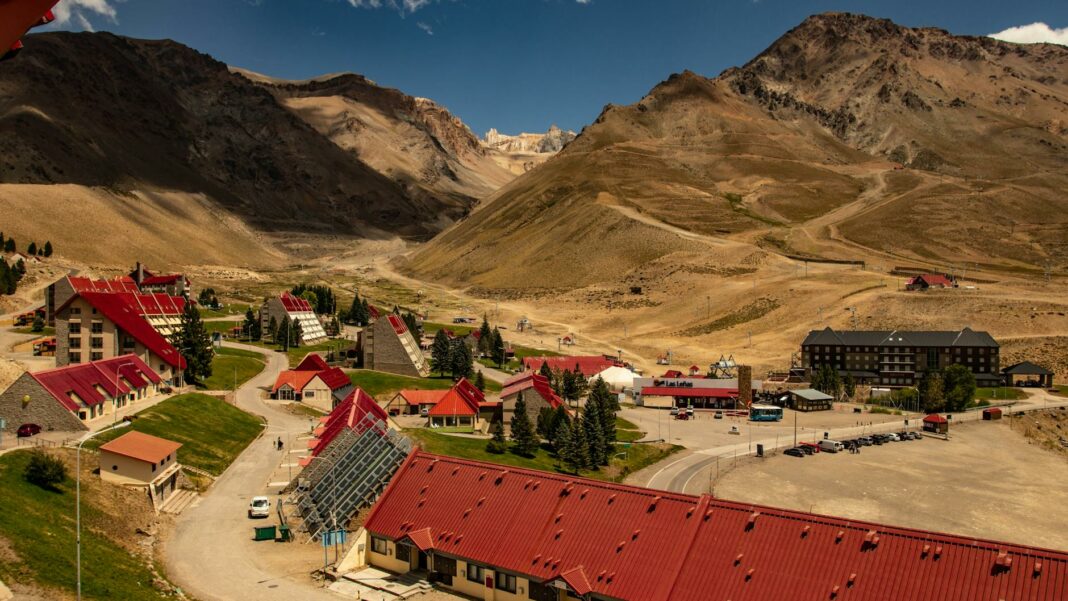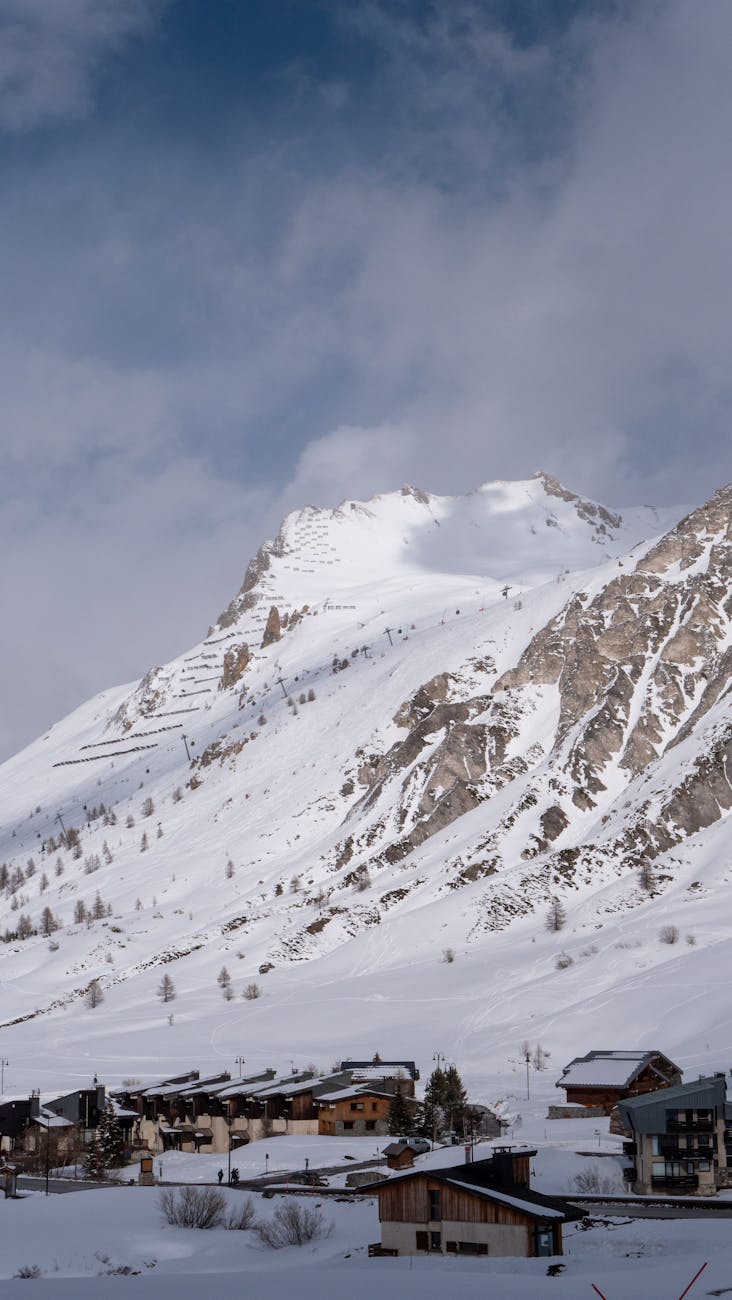Ski resorts should be marked by excitement, breathtaking views, and thrilling adventures. However, an essential aspect often overlooked is whether these snowy paradises are genuinely accessible for everyone. This blog delves into the crucial topic of accessibility in ski resorts, breaking down the barriers and solutions that define the ski experience for individuals with diverse needs and abilities. By examining various aspects, from infrastructure to community involvement, the post aims to empower both skiers and resort management to foster a more inclusive atmosphere on the slopes.
Not only does accessibility enhance the experience for individuals who may face challenges, but it also broadens the appeal of ski resorts, inviting a more diverse clientele. Indeed, as we champion inclusivity, we redefine the ski culture into one that celebrates every skier—regardless of their physical capabilities. Whether you are an avid skier, a resort manager, or simply curious about how the ski world can change for the better, this discussion shall illuminate the pathways to a dream resort that truly welcomes everyone.
Understanding Accessibility in Ski Resorts
To appreciate the essence of accessibility, it is vital to grasp what it encompasses in the context of ski resorts. Accessibility extends beyond just infrastructure; it includes the principles of physical, social, and emotional inclusivity. Imagine a place where every guest can traverse their environment with ease, where mobility challenges do not restrict one’s ability to participate fully in all offered activities. This vision can turn into a reality when ski resorts prioritize diverse accessibility needs, such as wheelchair access, visually impaired support, and adaptive skiing programs.
Furthermore, having accessible facilities leads to a more enriching experience for everyone involved. The increased awareness and adaptation help create an environment where differences are celebrated rather than overshadowed. In turn, this cultivates a sense of belonging, allowing people from varying backgrounds to come together, share stories, and forge relationships transcending their individual experiences.
Infrastructure and Services
The heart of any accessible ski resort lies in its infrastructure and services, which must specifically cater to all individuals. This includes a commitment to providing wheelchair ramps, accessible restrooms, and modified rental equipment to ensure everyone can enjoy the slopes without hindrances. Picture a resort equipped with specialized ski chairs and adaptive equipment that fosters unparalleled experiences—transforming the slope into a realm where exhilaration knows no bounds.
Additionally, resorts that prioritize staff training in inclusivity reinforce their commitment to making every guest feel welcome and valued. By implementing comprehensive training programs for employees, the team can better understand the specific needs of various individuals, allowing for a personalized experience that caters to everyone. Engaging knowledgeable staff can make a world of difference in guiding individuals on their skiing journey, ensuring safety while fostering enjoyment on the mountainside.
Community and Experience
Accessibility in ski resorts cultivates a vibrant community where shared experiences thrive. It fosters friendships that blossom amidst the snow, bringing together people from diverse backgrounds and abilities, united by their passion for winter sports. Events designed with inclusivity in mind can bridge gaps, sparking connections and inspiring a sense of belonging that redefines the typical ski narrative.
Community-oriented initiatives can flourish through collaboration with local organizations, resulting in programs that offer tailored experiences. For instance, ski days dedicated to adaptive athletes can motivate engagement and support, becoming an avenue for encouragement within the community. By weaving inclusivity into the social fabric of ski culture, resorts facilitate an atmosphere of acceptance, paving the way for lifelong memories and friendships on the slopes.
Progressive Adaptations in Skiing
Innovations in adaptive skiing have transformed the sport, allowing individuals with disabilities to embrace the thrills of winter sports. Progressive adaptations encompass specialized equipment, advanced training methods, and supportive initiatives designed to guide individuals through their skiing experience. These initiatives, such as bi-ski and mono-ski technologies, showcase how creativity and engineering can facilitate exciting adventures for all.
Moreover, the growing popularity of adaptive skiing among resorts demonstrates the potential for a new, inclusive skiing culture. By prioritizing adaptive programs and promoting accessibility awareness, ski resorts can revolutionize their brand identity while simultaneously welcoming visitors eager to explore the slopes. The introduction of adaptive races and competitions further enriches the community, showcasing talents that redefine what is possible in the skiing world.
Elevating the Experience for All
Ski resorts that commit to accessibility stand to reap numerous rewards, enhancing their reputation and boosting business. Beyond the initial adaptation, elevating the experience for all guests means developing a comprehensive approach that includes offering unique dining options, après-ski activities, and engaging events designed with inclusivity in mind. By paying attention to the finer details, resorts can transform the average ski vacation into a memorable escapade for everyone.
Moreover, resorts that actively seek feedback from diverse guests can supercharge their efforts in fostering inclusivity. Encouraging open communication lays the groundwork for continuous improvement, ensuring that every voice contributes to shaping a more accessible environment. Ultimately, the focus on elevating experiences paves a path toward a ski culture that encourages connection, exploration, and joy.
Looking Towards an Inclusive Future
A forward-thinking approach toward accessibility has the potential to reshape the skiing landscape, encouraging resorts to envision an environment where everyone is welcome. By consistently striving for a more inclusive atmosphere, the impact resonates beyond the slopes, influencing a wider culture of understanding and acceptance. The journey toward making ski resorts truly accessible for everyone is indeed an ongoing process, but with commitment and creativity, we can all play a part in this transformation.
This positive momentum not only enhances the skiing experience for individuals but also nurtures a broader appreciation for diversity in winter sports. It’s essential to remain vigilant and ensure that as ski resorts explore innovative ways to elevate experiences, they keep inclusivity at the forefront. This can lead to a richer, more colorful skiing experience that celebrates the unique contributions of every skier.
FAQ
- What adaptations are available for individuals with limited mobility?
Resorts have introduced specialized equipment like bi-skis and adaptive sleds to provide thrilling skiing experiences. Additionally, many resorts offer tailored disability services to assist with mobility challenges throughout the facility. - Are there trained instructors for adaptive skiing?
Absolutely! Many resorts employ instructors specifically trained in adaptive skiing, ensuring every guest receives the guidance and confidence they need to enjoy the slopes safely. - How can I advocate for improved accessibility at my favorite ski resort?
Open communication is key. Reach out to resort management with suggestions and share your experiences. Collaboration and constructive feedback can foster the changes needed to create a more inclusive experience. - What community events focus on adaptive skiing?
Many resorts host adaptive ski days, races, and workshops designed to promote inclusivity. Check with local organizations or your favorite resorts to find out about upcoming events tailored to adaptive athletes. - Is there a cost associated with adaptive skiing programs?
Costs may vary by resort and program. However, many offer subsidies or grant assistance to enhance accessibility. It’s a good idea to inquire about any possible financial support while booking.
Image Credit: Pexels





